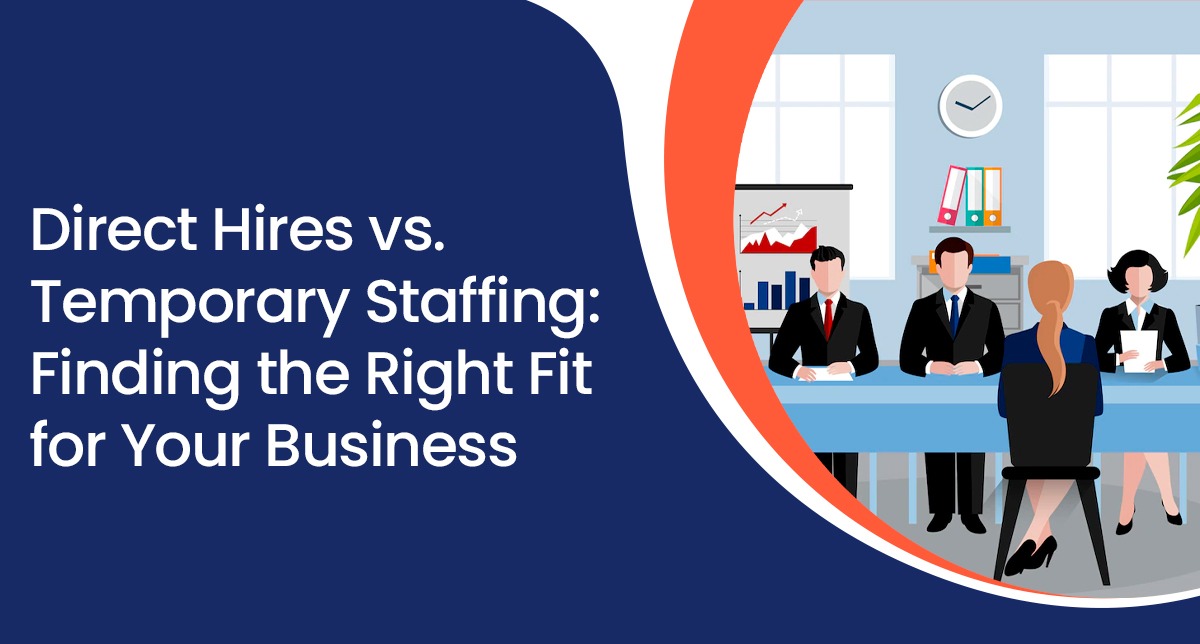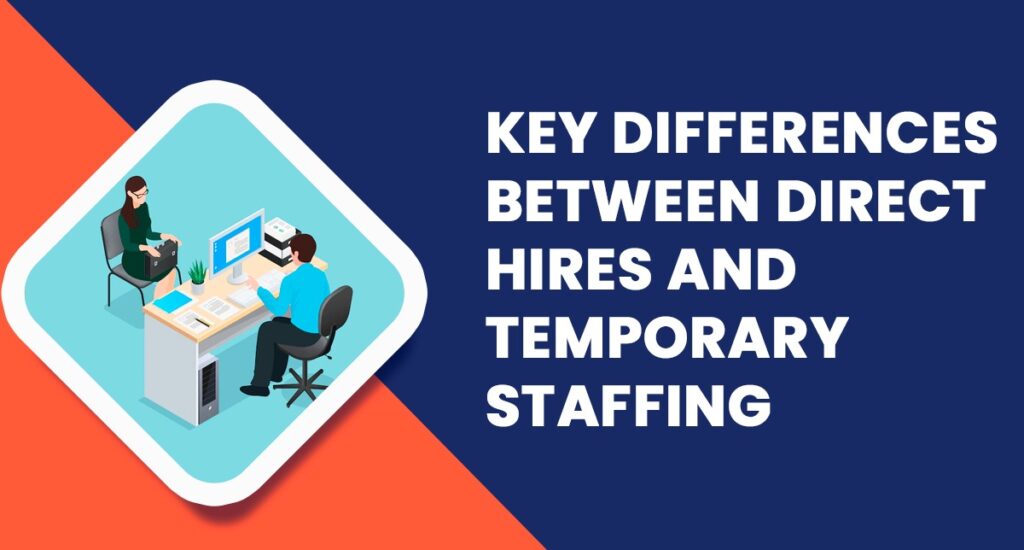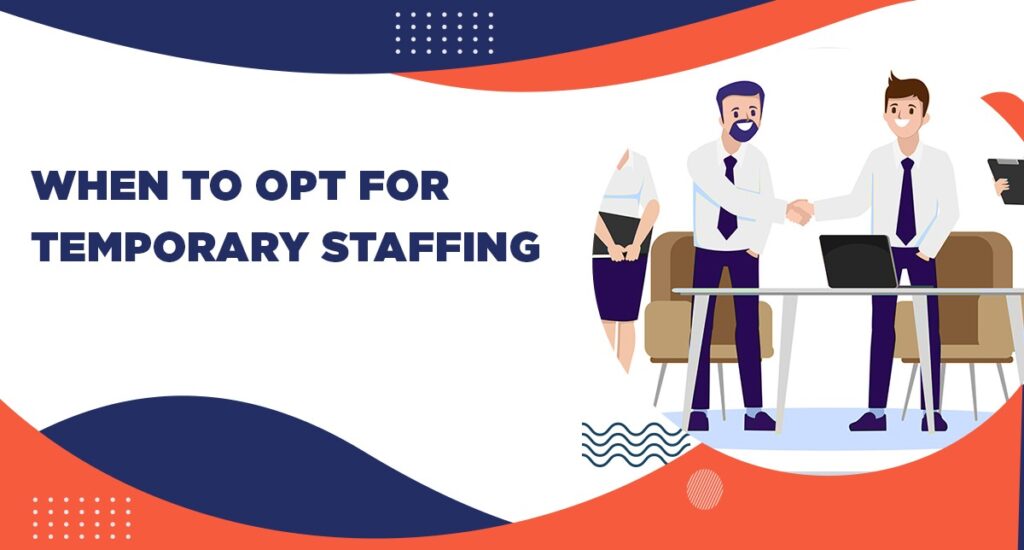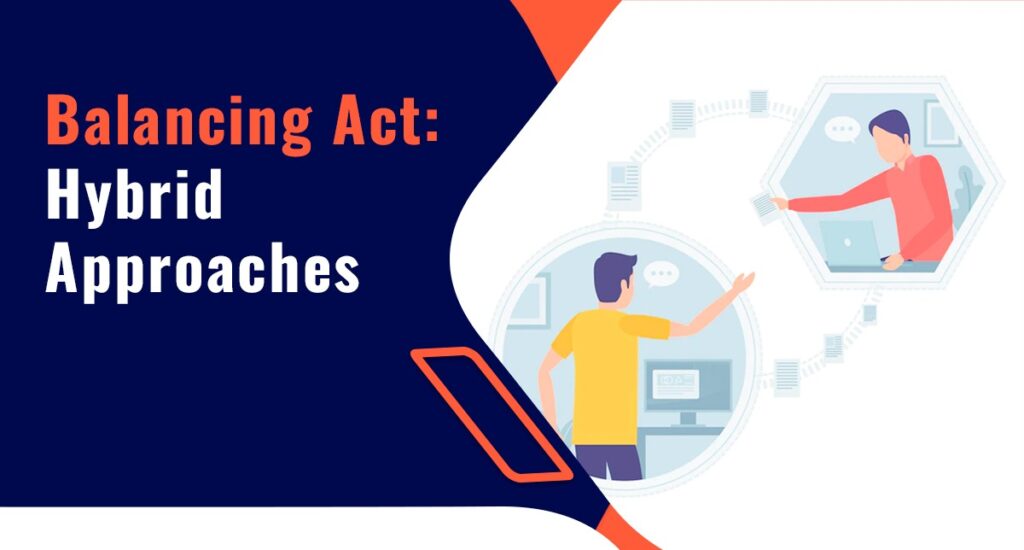
Finding the right talent is like putting together the ideal puzzle pieces to be the cornerstone of your company’s success in the dynamic business world. Direct hires and temporary staffing are the two main methods, and both have advantages. The tricky part is deciding which way will best serve your long-term business goals. In this guide, we will analyze the subtle differences between the two approaches, assisting hiring managers and company owners across America make wise choices that promote expansion and sustainability.

Direct hires, also known as full-time or permanent employees, become essential members of your team and contribute over time to the expansion of your company. This strategy offers several advantages that appeal to companies working to foster a sense of commitment, shared values, and company culture.
Direct hires offer a cultural fit that supports collaboration and productivity by fostering teamwork and synergy. Employees who feel they belong are likelier to make innovative and proactive contributions. Long-term relationships with employees also increase retention rates, lowering the costs and disruptions brought on by frequent turnover.
Direct hires are frequently particularly successful in fields that depend on continuity, like customer service, R&D, and core operations. The dedication of direct hires is invaluable in these positions because they call for a thorough understanding of the company’s ethos, values, and procedures.
Temporary staffing, also called contingent or contract staffing, offers a flexible strategy ideal for companies that need to react quickly to market changes, project demands, or skill-specific requirements. This tactic is renowned for its flexibility, economy, and availability of specialized skills.
Using temporary staffing, businesses can adjust their workforce size in response to project requirements or seasonal demand. With this flexibility, you can keep your workforce in sync with your business cycles and avoid overstaffing or understaffing during boom times. Additionally, this strategy frequently provides access to a diverse talent pool, bringing in new viewpoints and knowledge from various backgrounds.
Temporary staffing can be adequate in sectors with varying workloads, such as retail during peak holiday seasons or technology during software development cycles. Without the commitment of long-term hires, businesses can access specialized skills for short-term projects.

To make an informed decision, it’s crucial to understand the critical differences between these two approaches:

Direct hires excel in situations where your organization’s culture is crucial. A sense of belonging is fostered by creating a cohesive team that shares your values, which boosts employee satisfaction and retention. The dedication of direct hires is also advantageous for long-term projects requiring consistent knowledge and commitment. According to companies that invest in internal talent development and career growth opportunities, direct hires are also the best option.

When projects have a short lifespan or call for specialized skills that aren’t readily available on your current team, temporary staffing is advantageous. With a transient workforce, seasonal fluctuations, unexpected market demands, or urgent project needs can be efficiently managed. Temporary staffing is wise for companies looking to cut costs while maintaining workforce flexibility.

A one-size-fits-all strategy rarely works in the dynamic business world. Hybrid systems that combine direct hires and temporary staffing offer a middle ground that can be tailored to different business needs. This strategy enables businesses to benefit from direct hires’ dedication while incorporating temporary staff’s adaptability and specialized knowledge.
A dynamic workforce that effortlessly responds to changing circumstances is created by juggling a core team of direct hires with supplemental, temporary workers. This tactic benefits companies going through growth spurts or starting large projects that call for a balance between stability and agility.

The selection of the best hiring strategy requires careful consideration of several factors, including:
Direct hires vs. temporary staffing is a decision that should not be made lightly. Your company’s success mainly depends on your hiring strategy, which impacts team dynamics, project results, and general productivity. You can confidently create a workforce that drives your business towards long-term success by comprehending the subtleties of each approach and matching it with your particular business needs.
Emomics, a dependable partner in talent management, is prepared to assist you in making this critical choice. We know the complex interplay between direct hires and temporary staffing, and our knowledgeable team is ready to offer individualized insights that will enable your company to prosper.

1260 Centennial Ave, Suite 1A,
Piscataway NJ 08854
Email Us:
info@emonics.com
Call Us :
Useful Links Submit a Resume Trademarks & Legal Statement Privacy Policy Site Pages Site Search